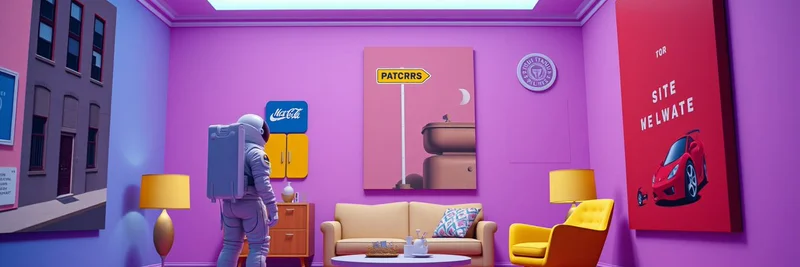In the fast-evolving world of crypto, a recent tweet from Solana Legend, co-founder of Frictionless VC, caught our eye. Quoting venture capitalist Bill Gurley, he highlighted how established Tier 1 VCs are warming up to the idea of IPOs—initial public offerings—happening directly on the blockchain. If you're new to this, an IPO is when a company goes public, selling shares to raise capital. But doing it on a blockchain? That's tokenization in action, where real-world assets like stocks are turned into digital tokens that can be traded seamlessly on decentralized networks.
The buzz started with Gurley's observation: "Buzz around security tokenization as an alternative to IPOs is growing. Had Wall Street embraced innovation by promoting Direct Listings, perhaps tokenization wouldn't appear as disruptive. In choosing to protect their interests & not innovate, they are now more at risk." Solana Legend built on this, emphasizing that blockchains' killer app remains asset issuance, tokenization, and trading. This shift isn't just about making things digital—it's about unlocking liquidity faster for VCs (venture capitalists) who invest early in startups, allowing them to exit their positions more efficiently.
But here's where it gets exciting for meme token enthusiasts. Meme tokens, those fun, community-driven cryptos often inspired by internet culture, thrive on Solana due to its low fees and high speed. Tokenization could supercharge this space by bringing in more risk capital earlier in a project's lifecycle. Imagine meme projects tokenizing equity or assets right from the start, letting investors jump in for potential 50-100x returns— that's massive gains, like turning a $1,000 investment into $50,000 or more if things moon.
Why Tokenization Matters for Meme Tokens
Tokenization democratizes access to investments that were once locked behind Wall Street gates. On platforms like Solana, anyone can issue tokens representing ownership in a meme project or even real assets tied to it. This means quicker fundraising without the red tape of traditional IPOs, which often favor big institutions over retail investors like you and me.
For VCs, blockchain-based exits mean selling tokens on decentralized exchanges (DEXs) instead of waiting for a stock market debut. This liquidity boost could trickle down to meme tokens, attracting more professional money into viral projects. We've seen it with tokens like Dogecoin or newer Solana-based memes—early adopters score big when hype builds.
The Bigger Picture in Crypto
Solana Legend's take aligns with broader trends. Blockchains aren't just for payments anymore; they're evolving into full-fledged financial ecosystems. Asset issuance here refers to creating digital representations of stocks, real estate, or even art, all tradable 24/7 globally. For meme tokens, this could mean hybrid models where fun meets finance—think a meme coin backed by tokenized revenue from merchandise or NFTs.
Of course, risks abound. Regulatory hurdles, like SEC oversight on security tokens, could slow things down. But as Gurley points out, Wall Street's reluctance to innovate is pushing more action to crypto. If you're in the meme game, keep an eye on projects experimenting with tokenization—it might be the next wave for those elusive 100x plays.
Check out the original thread on X for more insights, and stay tuned to Meme Insider for updates on how these trends shape the meme token landscape. Whether you're a blockchain practitioner or just dipping your toes in, understanding tokenization could be your edge in this wild market.

